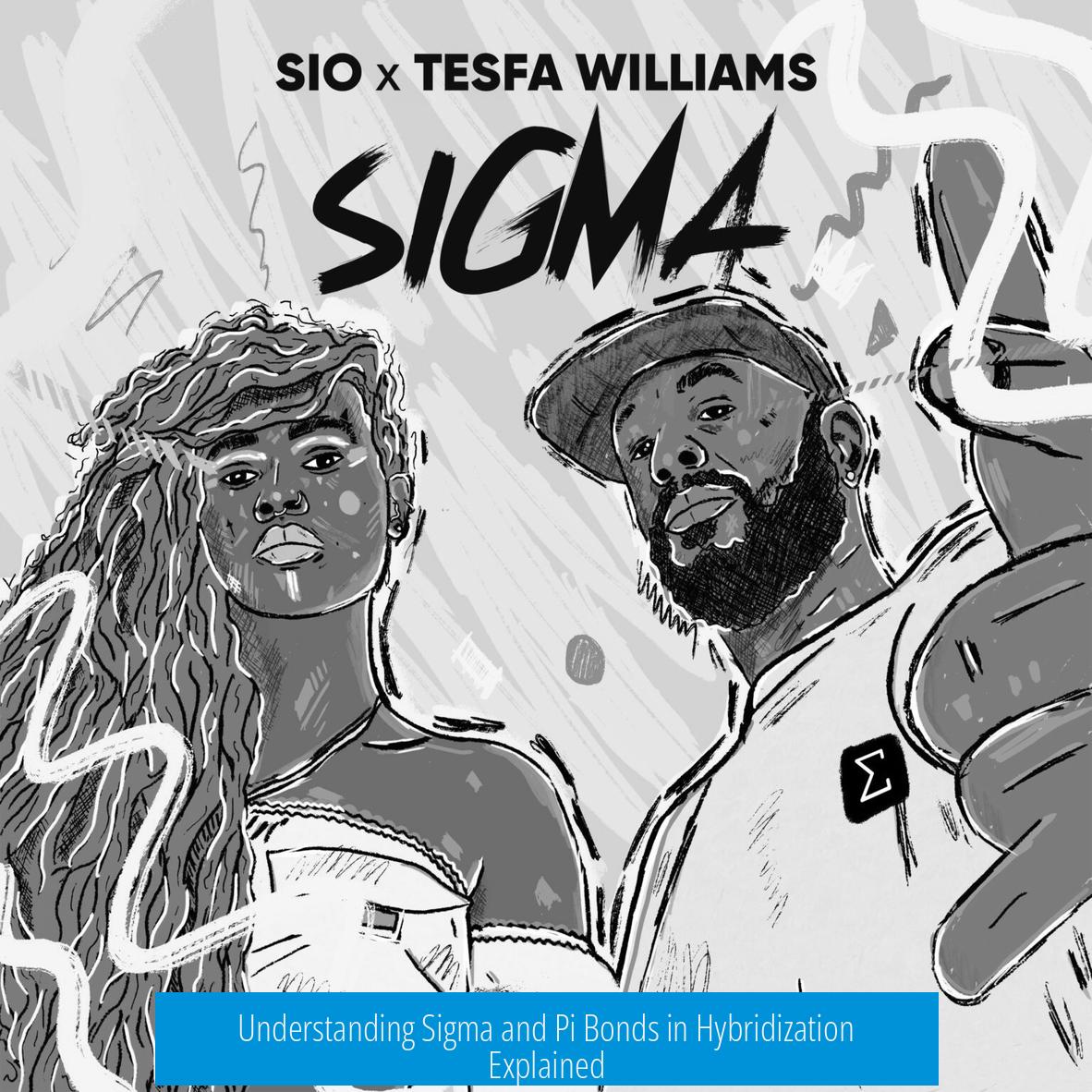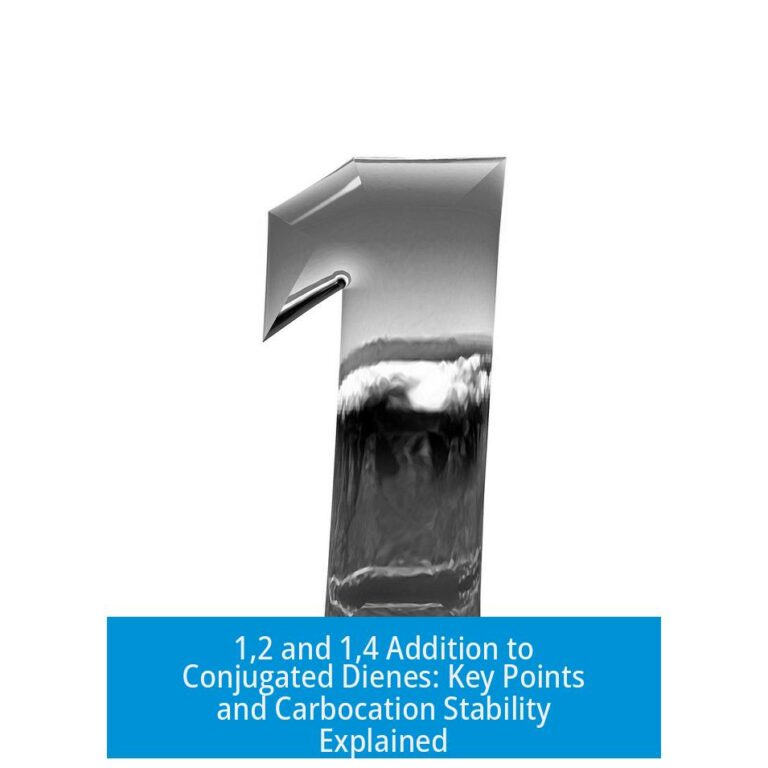Understanding Sigma and Pi Bonds in Hybridization
Sigma and pi bonds are fundamental to chemical bonding and molecular structure. Sigma bonds form through head-on overlap of orbitals directly between nuclei, while pi bonds result from side-on overlap of parallel p orbitals. These differences affect bond strength, electron distribution, and hybridization roles.
Sigma Bonds: Direct Overlap and Strength
- Definition: Sigma (σ) bonds arise from a head-on overlap of atomic orbitals along the internuclear axis.
- Overlap Nature: They involve direct overlap of orbitals, such as s-s, s-p, or hybrid orbitals.
- Bond Strength: Sigma bonds are stronger due to effective orbital overlap and electron density concentrated between nuclei.
- Relation to Hybridization: In sp3 hybridization, all four orbitals are hybridized, forming strong sigma bonds only. This configuration prevents double or triple bonds because no unhybridized p orbitals are available to form pi bonds.
Pi Bonds: Side-On Overlap and Electron Distribution
- Definition: Pi (π) bonds form from the side-by-side overlap of unhybridized parallel p orbitals above and below the bonding axis.
- Overlap Nature: The overlap occurs off the internuclear axis, creating regions of electron density on either side of the nuclei.
- Electron Density: There is a nodal plane of zero electron density along the bonding axis where orbitals do not overlap.
- Bond Strength: Pi bonds are weaker because side-on overlap provides less effective orbital interaction.
- Relation to Hybridization: Pi bonds require unhybridized p orbitals; these remain available only in sp and sp2 hybridizations. Hence, pi bonding is absent in fully sp3 hybridized atoms.
Example: Ethylene (C2H4)
| Aspect | Description |
|---|---|
| Hybridization of Carbon | Each carbon atom is sp2 hybridized. |
| Orbital Configuration | Three sp2 hybrid orbitals and one unhybridized p orbital per carbon. |
| Sigma Bond Formation | Sp2 orbitals overlap with hydrogen 1s orbitals and with an sp2 orbital from the other carbon, creating sigma bonds. |
| Pi Bond Formation | The unhybridized p orbitals on each carbon overlap side-by-side, forming a pi bond and completing the double bond. |
Key Takeaways
- Sigma bonds feature head-on orbital overlap, are stronger, and form the primary framework of molecular bonds.
- Pi bonds involve side-on overlap of unhybridized p orbitals and contribute to double and triple bonding.
- Sp3 hybridized atoms form only sigma bonds due to the absence of unhybridized p orbitals.
- In sp2 hybridization, one p orbital remains unhybridized, enabling pi bonding, as seen in molecules like ethylene.
What is the main difference between sigma and pi bonds in hybridization?
Sigma bonds form by head-on overlap of orbitals directly between nuclei. Pi bonds form by side-on overlap of parallel p orbitals, not directly between nuclei.
Why can’t sp3 hybridized atoms form double or triple bonds?
Because sp3 atoms use all hybridized orbitals, leaving no unhybridized p orbitals available for pi bonds, which are necessary for double or triple bonds.
How are sigma and pi bonds involved in the double bond of ethylene?
In ethylene, carbon atoms are sp2 hybridized. Sigma bonds form by overlapping hybrid orbitals with hydrogen and each other, while pi bonds form from side-on overlap of the unhybridized p orbitals on each carbon.
Why are sigma bonds stronger than pi bonds?
Sigma bonds have direct orbital overlap between nuclei, creating stronger bonding. Pi bonds overlap sideways, resulting in weaker connections.





Leave a Comment